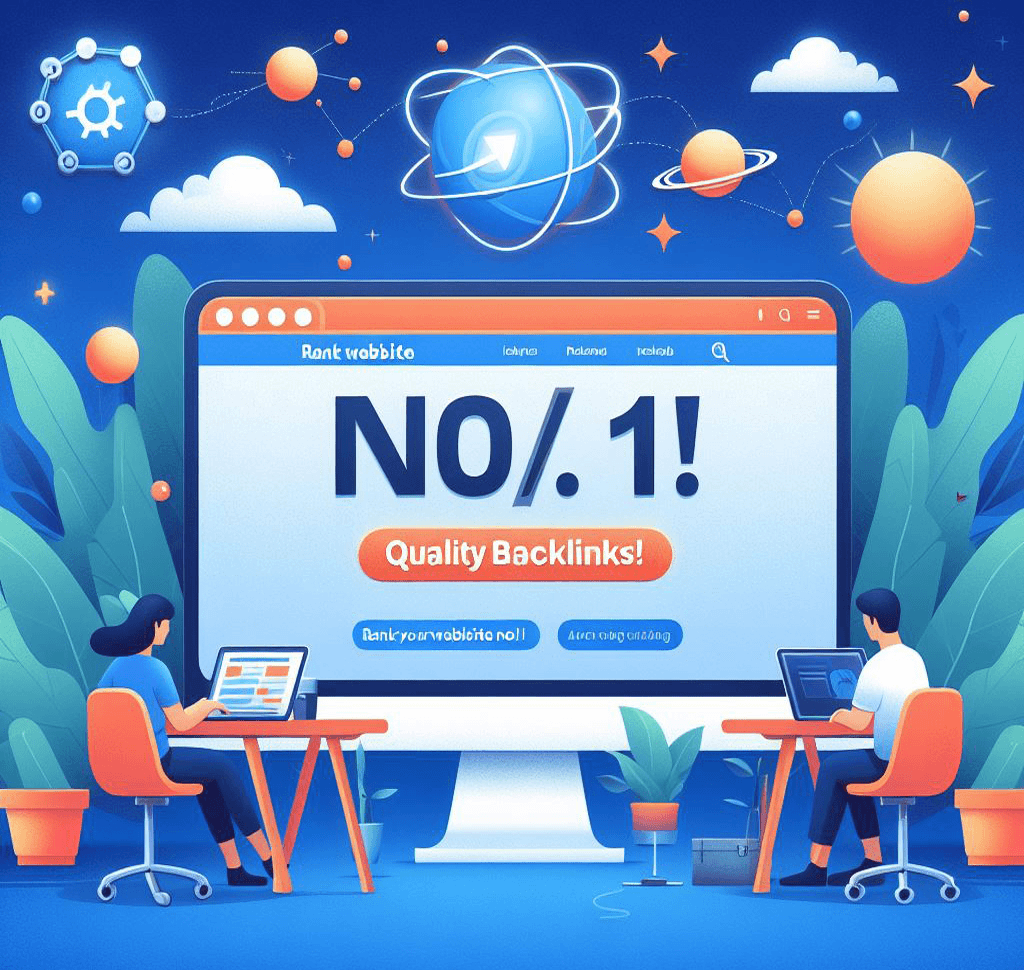Introduction
Strategic decision-making is a crucial aspect of running a successful business. It involves analyzing various options, weighing the risks and rewards, and selecting the course of action that will best align with the company’s objectives. Balancing risks and rewards is a key factor in making effective strategic decisions. In this blog post, we will explore the importance of this balance and provide insights on how to achieve it.
The Importance of Balancing Risks and Rewards
Striking the right balance between risks and rewards is essential for long-term business success. Taking excessive risks without considering the potential rewards can lead to financial losses, reputation damage, and even business failure. On the other hand, being too risk-averse may hinder growth opportunities and prevent the company from staying competitive in the market.
Factors to Consider in Balancing Risks and Rewards
When making strategic decisions, it is important to consider several factors to achieve the optimal balance between risks and rewards:
1. Clear Objectives
Defining clear objectives is the foundation of effective decision-making. By clearly understanding what the company aims to achieve, decision-makers can evaluate the potential risks and rewards in light of these goals. This helps in prioritizing options and making decisions that align with the company’s long-term vision.
2. Risk Assessment
Thoroughly assessing the risks associated with each option is crucial. This involves identifying potential risks, evaluating their likelihood and potential impact, and considering any mitigating measures that can be taken. By understanding the risks involved, decision-makers can make informed choices and develop contingency plans to minimize negative outcomes.
3. Reward Evaluation
Assessing the potential rewards of each option is equally important. This involves considering both short-term gains and long-term benefits. Decision-makers should evaluate the financial returns, market opportunities, competitive advantages, and other positive outcomes that may result from each decision. By quantifying and qualifying the rewards, they can compare them against the associated risks and make well-informed choices.
4. Stakeholder Analysis
Considering the perspectives and interests of various stakeholders is essential in balancing risks and rewards. Stakeholders may include employees, customers, shareholders, suppliers, and the wider community. Decision-makers should assess the potential impact of their decisions on these stakeholders and strive for a balance that maximizes overall value creation.
5. Flexibility and Adaptability
In a rapidly changing business environment, being flexible and adaptable is crucial. Decision-makers should consider the potential for adjustments and course corrections if the chosen option does not yield the expected rewards or if new risks emerge. By building flexibility into the decision-making process, companies can mitigate risks and seize new opportunities as they arise.
Conclusion
Strategic decision-making is a complex process that requires balancing risks and rewards. By considering clear objectives, conducting thorough risk assessments, evaluating potential rewards, analyzing stakeholder perspectives, and maintaining flexibility, businesses can make well-informed decisions that maximize value creation. Achieving this balance is essential for long-term success and maintaining a competitive edge in today’s dynamic business landscape.



